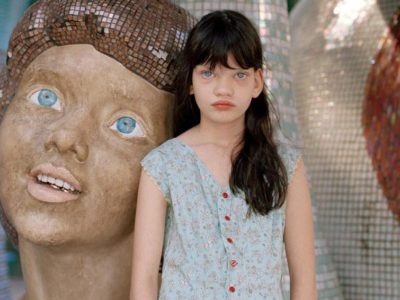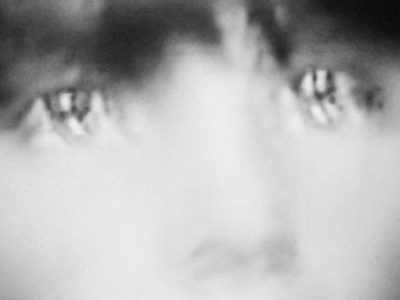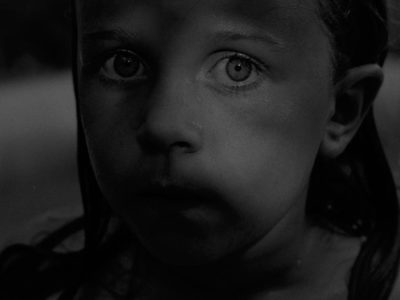FotoFirst — Loek Buter Portrays Young Falconers and Their Birds of Prey

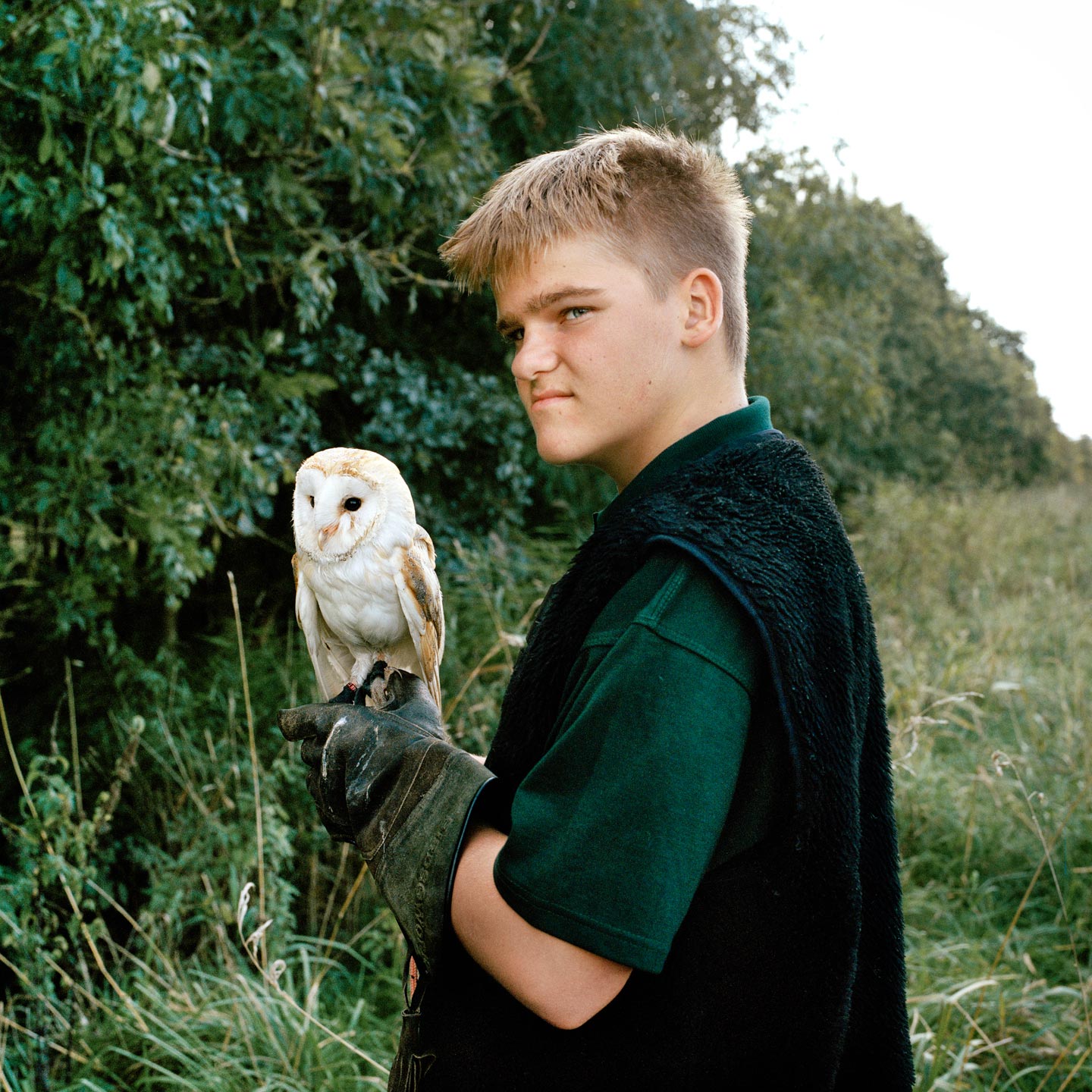
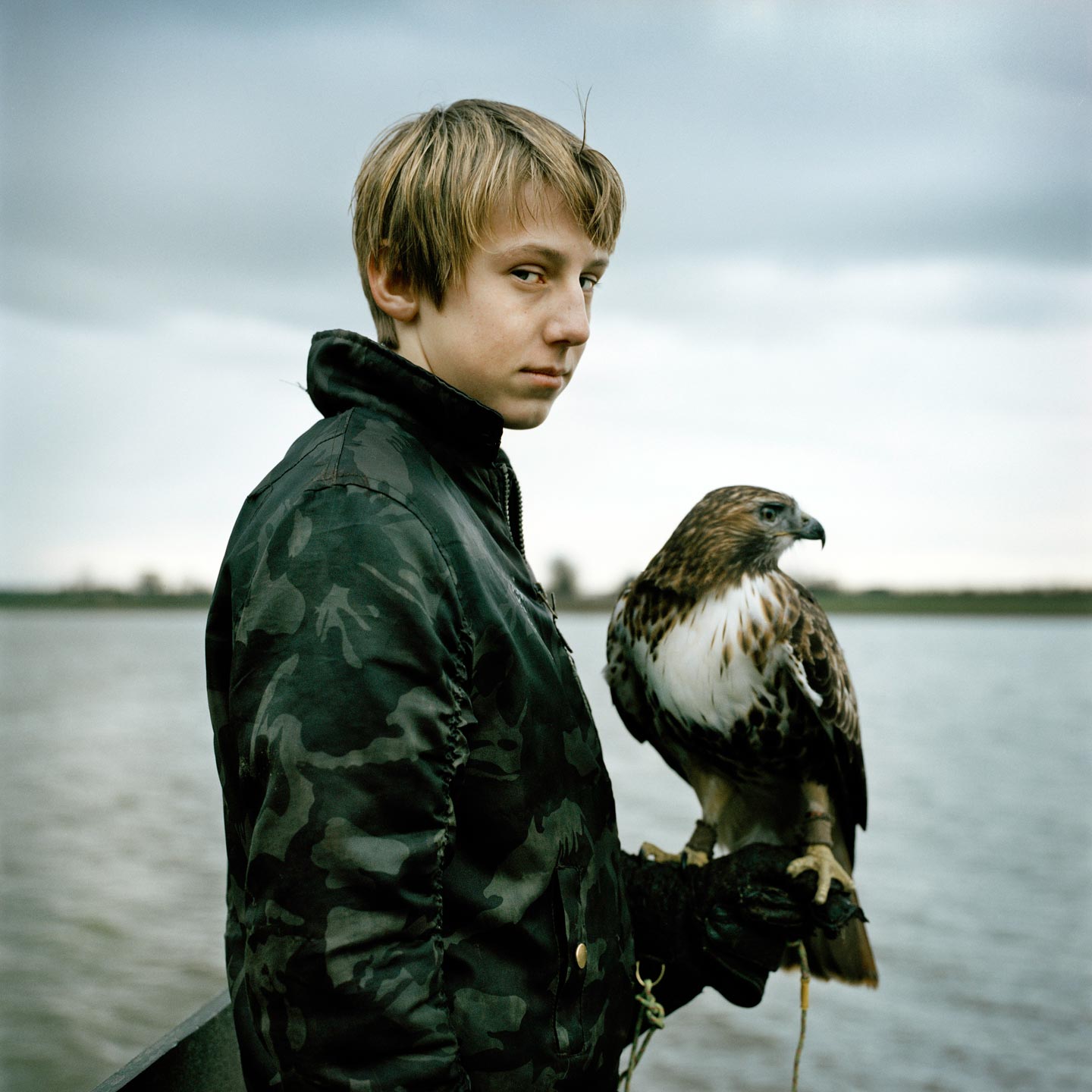
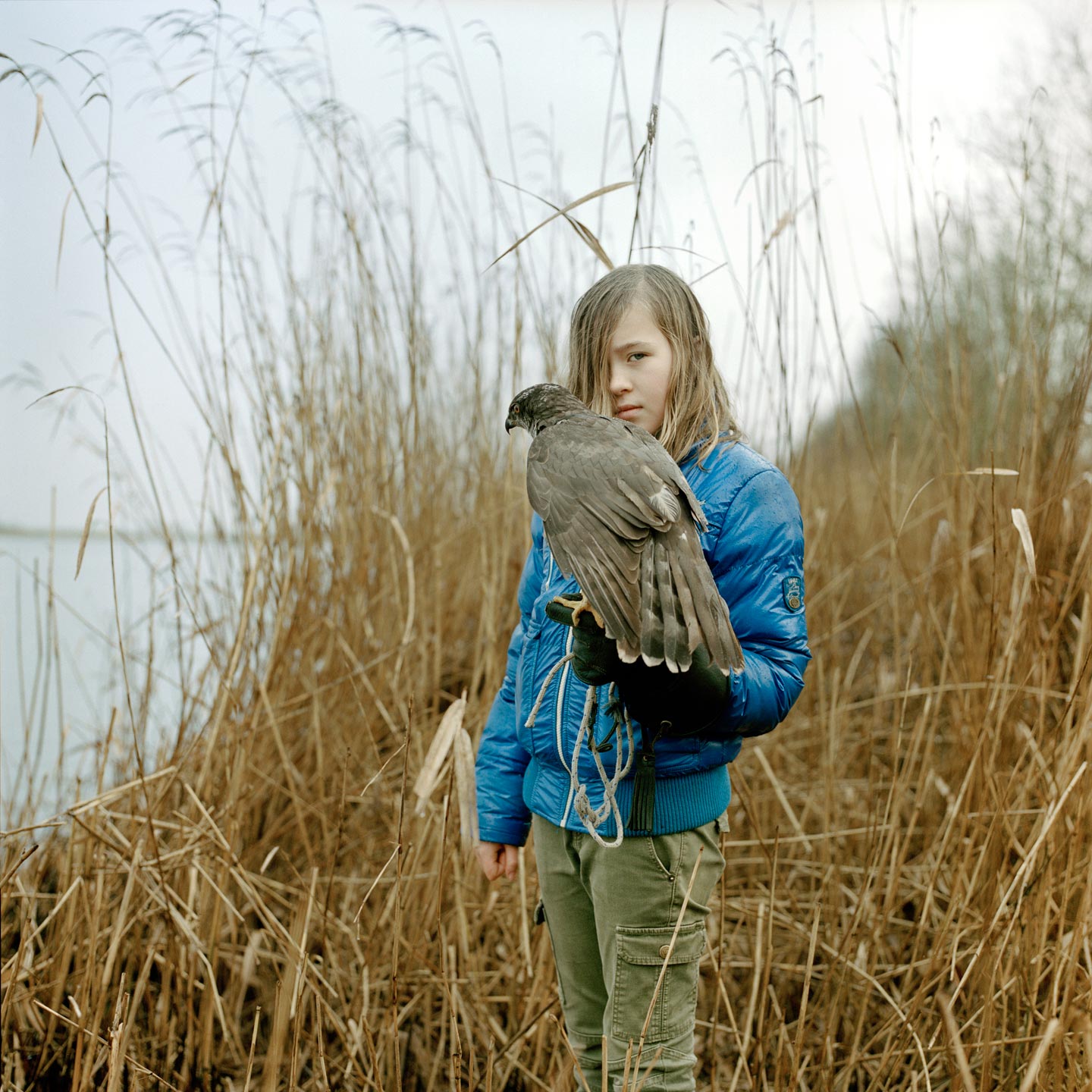

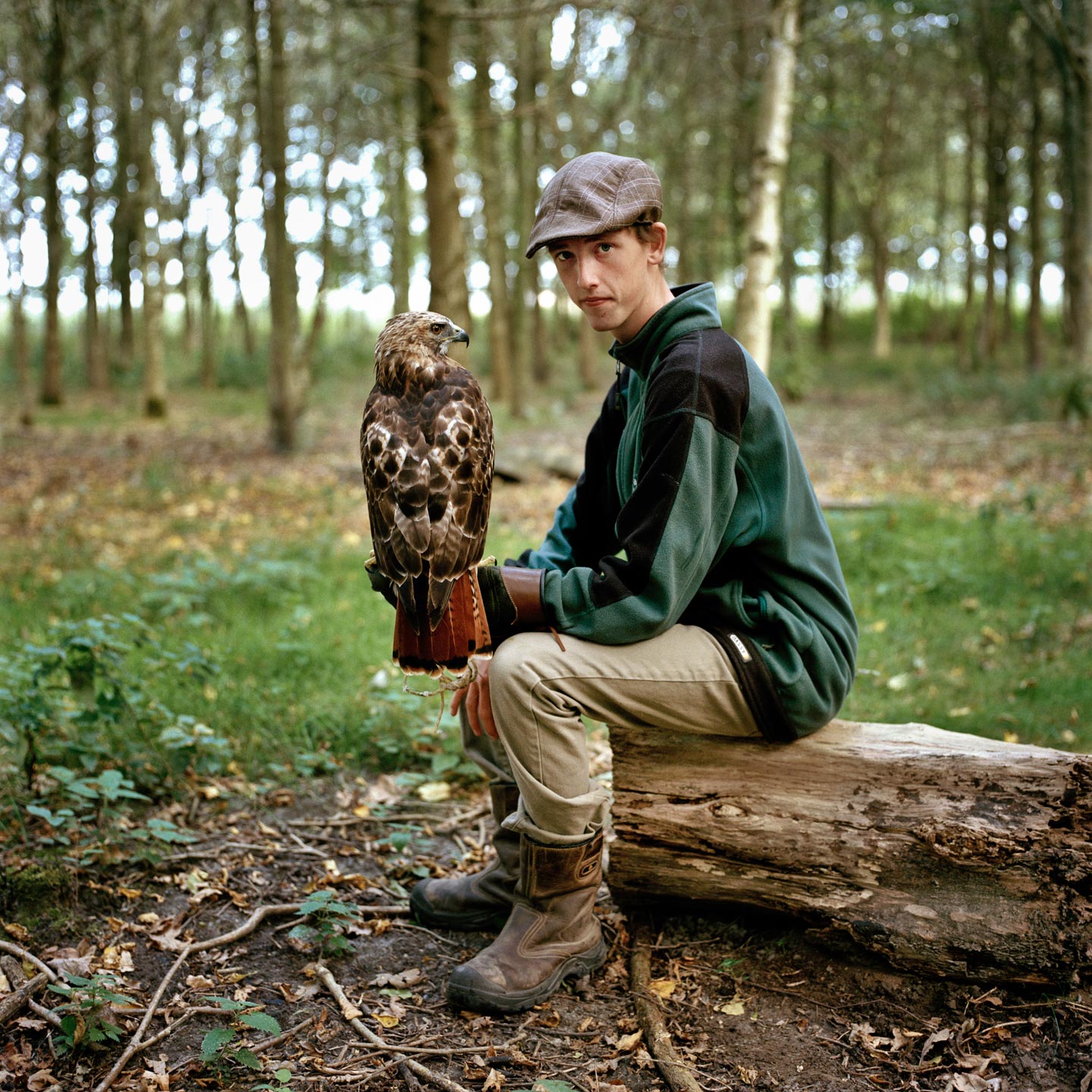
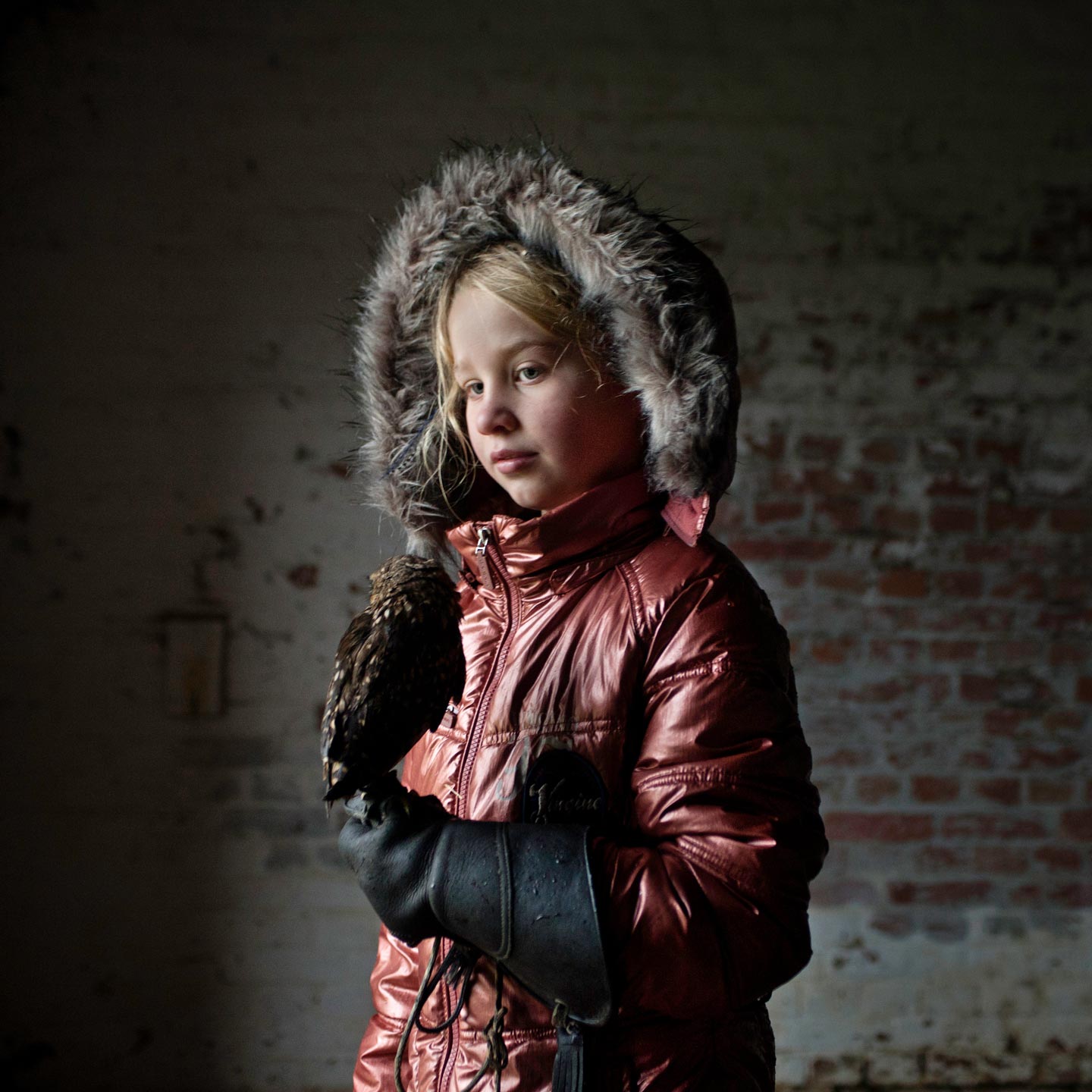
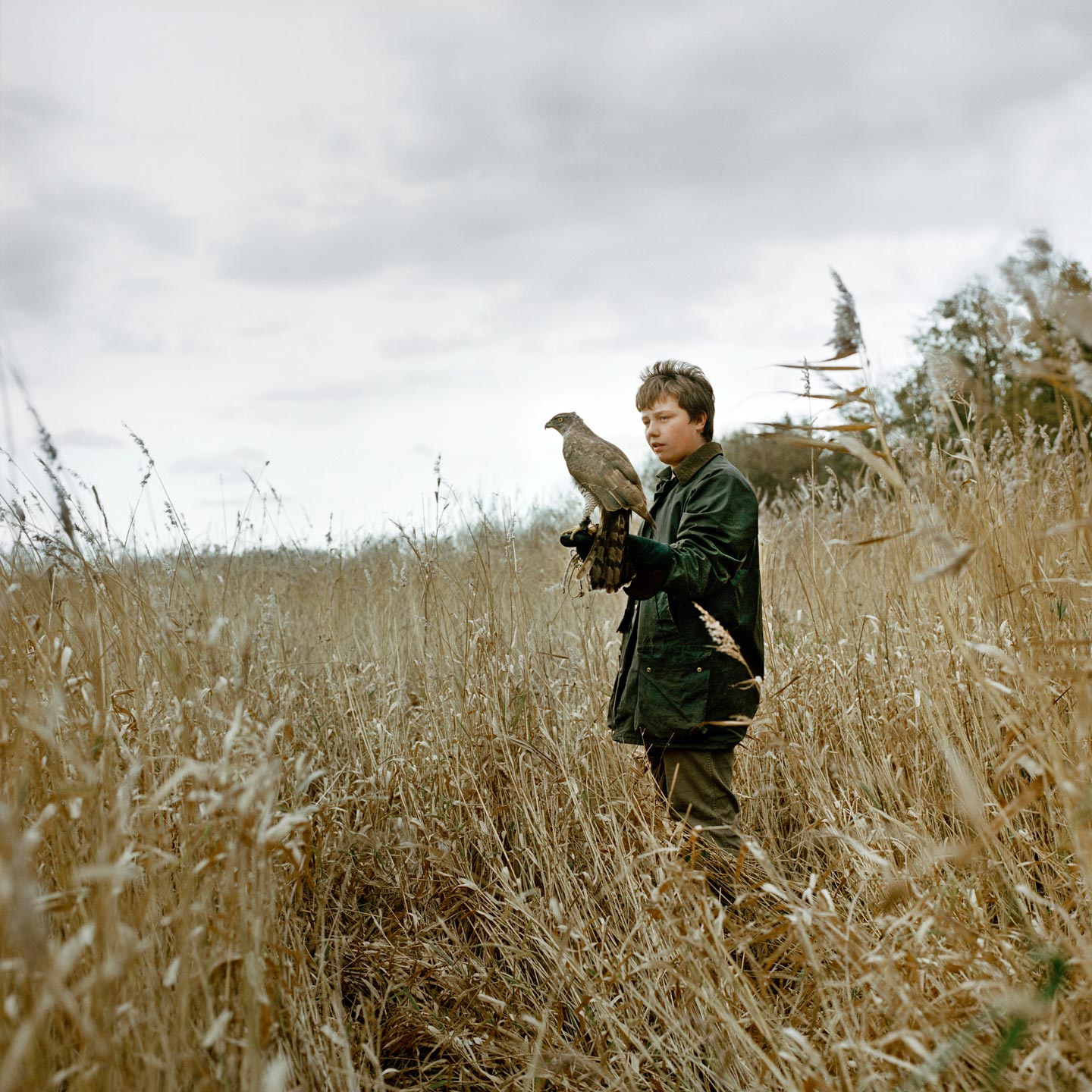
34 year-old Dutch photographer Loek Buter presents his previously unpublished series of staged portraits Vogelkinderen. The subjects of the portraits are a group of children and young kids who spend their spare time learning to become falconers—Loek had them pose in the Dutch countryside with their birds on their arms.
Hello Loek, thank you for this interview. What are your main interests as a photographer?
As a documentary photographer I am interested in telling stories about the influence of landscapes on individuals and their communities. For me the beauty is in the little stories that I find traveling through a landscape—the beauty in everyday life. In photography I try to find a state of calmness beyond the speed and movement of modern times, the tranquility of the still image stripped away from all chaos.
Please introduce us to Vogelkinderen: who are the children and young kids we see in your portraits?
Vogelkinderen (freely translated as bird children) is a series of portraits of children who want to become falconers. They are aged ten to fifteen and are all obsessed with birds of prey. I found out about them at a bird show: I was amazed at how they were holding these magnificent birds on their small gloved hands without even blinking their eyes. They seemed perfectly at ease with a red-tailed hawk or even an American Eagle. These kids work as volunteers with a falconer in a small town in the Northern part of the Netherlands called Anna Paulowna. They feed the birds, train them and assist the falconer on bird shows. They spend as much time as possible with the birds—after school hours, at weekends, during vacations.
The girl with the blue jacket, Angie, is the daughter of the falconer. She grew up with birds from a very young age. The other kids joined the falconer after visiting a bird show. Rik is a walking Wikipedia-page and knows everything there is to know about birds, from their Latin names to their attack speeds. A few of the kids even own their own birds, mostly barn owls. Dave can hold his own owl on his hand while driving his bike to the falconer’s!
What inspired Vogelkinderen, and what was your main intent in creating this project?
What struck me most was how these children would rather spend their free time outdoors taking care of the animals instead of updating their Instagram or Facebook profiles. I really wanted these photos to show the relation between the children, the animals and the landscape surrounding them. The moment I looked through my lens to take the photo of Rik I saw him, the bird and the landscape melt together automatically.
I wanted to show the mental connection between the children and the birds through their eyes. And as a second layer the connection with the landscape. Alec Soth said photography’s closest cousin is poetry because of the way ‘it sparks your imagination and leaves gaps for the viewer to fill in’. I want the viewer to fill in the thoughts the children and the birds think.
Can you talk a bit about making the portraits?
I made the portraits over a period of two years. It’s pretty difficult portraying children and directing birds at the same time. Before making any pictures I just put my camera on a tripod and waited until the birds and the children would feel at ease. Since birds of prey move their head every other second this was quite a challenge! I waited for a moment in which the thoughts of the birds and the children seemed to connect. But when a rabbit or a sparrow would run or fly by, the bird would get overexcited and we had to start all over again.
When I made the series I was living in Amsterdam. But I grew up on a farm in the countryside like the children I photographed, not far away from were they live actually. Last year I moved back to the countryside after living in Amsterdam for almost fifteen years—I love the Dutch countryside, I feel free when I’m surrounded by the water, fields of grass and cows and windmills and dikes at the horizon, and now I realize I saw the freedom of my own youth and the connection with the animals reflected in the eyes of the bird children.
Did you have any specific references or sources of inspiration in mind while working on Vogelkinderen?
Falconry is a tradition that goes back to almost 2.000 B.C. I looked at 16th century portraiture. I tried to make the portraits give a sense of timelessness.
What have been the main influences on your photography?
Works from the 1975 exhibition New Topographics: Photographs of a Man-Altered Landscape by photographers such as Robert Adams, Bernd & Hilla Becher, Stephen Shore, etc.; Vincent van Gogh’s The Letters; The Ping Pong Conversations, an interview with Alec Soth; the Border trilogy, a series of books by American novelist Cormac Mc Carthy; and Profils paysans, a film trilogy by Raymond Depardon.
Who are some of your favourite contemporary photographers?
Alec Soth, Bryan Schutmaat, Lucas Foglia, Stephen Shore, Joel Sternfeld.
Choose your #threewordsforphotography.
Landscape. People. Animals.
Keep looking...

FotoCal — Photography Awards, Grants and Open Calls Closing in July 2023

FotoCal — Photography Awards, Grants and Open Calls Closing in June 2023

FotoCal — Photography Awards, Grants and Open Calls Closing in May 2023

FotoCal — Photography Awards, Grants and Open Calls Closing in April 2023

FotoCal — Photography Awards, Grants and Open Calls Closing in March 2023

FotoCal — Photography Awards, Grants and Open Calls Closing in February 2023

FotoCal — Photography Awards, Grants and Open Calls Closing in January 2023
